A most extraordinary building
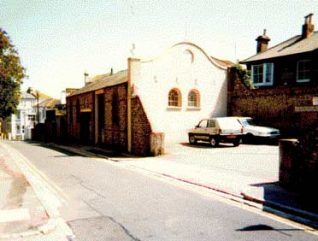
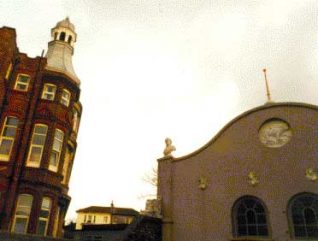
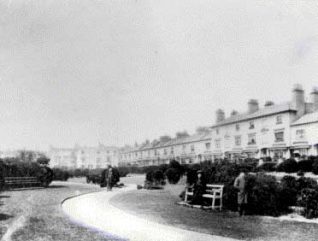
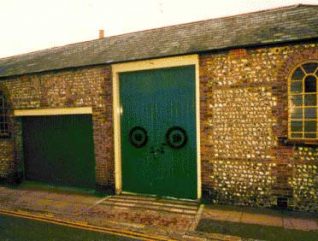
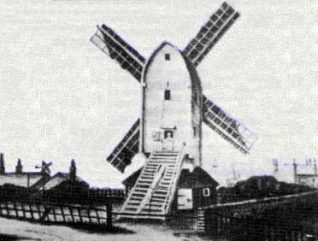

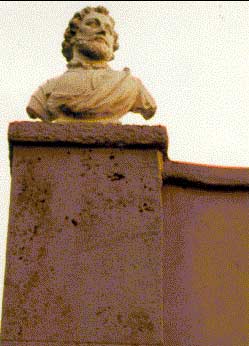
Children’s Hospital car park
Continuing up Clifton Hill, on your right-hand side, is the car park for the staff at the Children’s Hospital and there is this very ornate flint building which I walk past every morning on my way to work and I often wonder what exactly is stored in it.
Nobody really knows its origins
This old flint barn is a most extraordinary building. Nobody really knows the origins of it.
Probably connected to the windmill
It’s assumed that it was in some way connected with the old cottages which were the mill-workers cottages in Vine Place, which served the windmill, which was called Clifton Windmill, which was actually situated on the green common land that is in front of and now private gardens to Clifton Terrace.
Windmill moved to Albion Hill
And that windmill was taken down and moved from the Clifton area up to the top of Albion Hill and placed on the street that is now called Windmill Street at the top of Albion Hill and Elm Grove.




Comments about this page
It appears that it was built as the coach house of Aberdeen House / Lodge around 1850. A statue-maker by the name of Joseph Rogers Browne is said to have built Aberdeen House (on the corner of Powis Villas and Clifton Hill) for his own use. Later on he needed somewhere to store his carriages and so he erected a brick, flint and stucco building which gave room for two coaches and three horses. There was a separate room for the coachman and a hay loft. It seems that at this time was added what is known as Coade stone decoration. It later became a garage, then a store for the ambulances serving the old Royal Alexandra Children’s Hospital. In 2005 it was apparently granted listed status by English Heritage as a Grade II listed building. They described it as a “substantially intact and rare survival” with “polite architectural and sculptural features”.
Editor’s note: Thanks Alan – you can read more and see more photos here.
Add a comment about this page